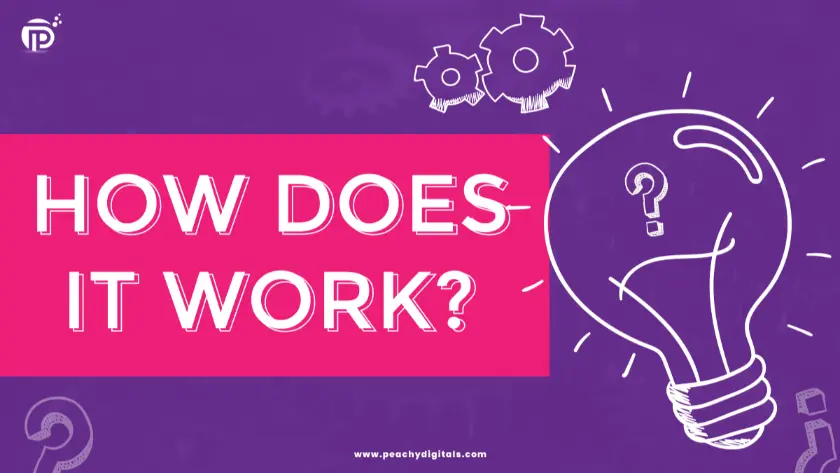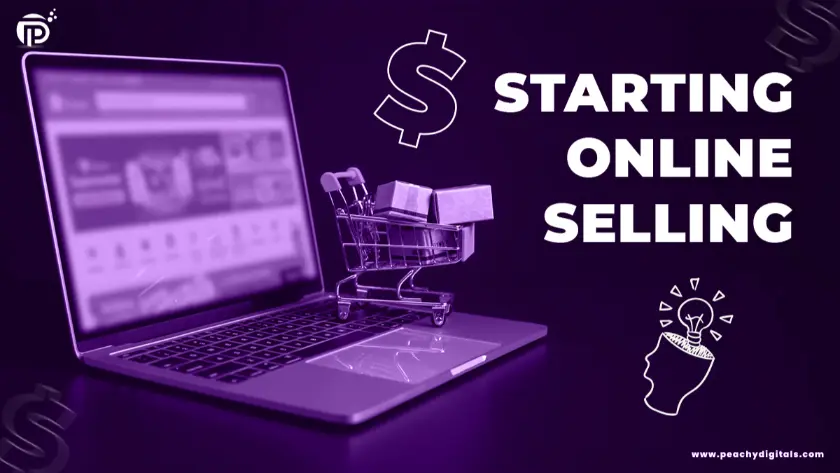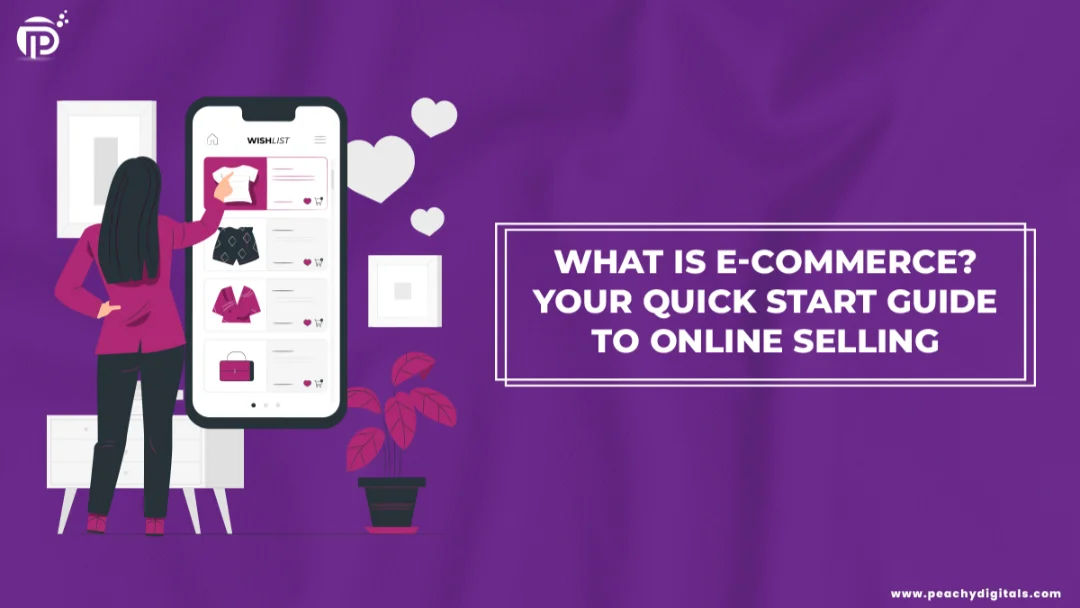In today’s digital age, shopping is no longer confined to brick-and-mortar stores. Furthermore
With the rise of e-commerce, not only has buying and selling goods and services online become easier and more convenient than ever, but it has also opened up endless opportunities to connect with customers and grow your brand, regardless of whether you’re a budding entrepreneur or an established business looking to expand your reach. In this beginner’s guide to e-commerce, we’ll explore what it is, how it works, and how you can get started.
What is E-Commerce?

E-commerce, short for electronic commerce, is about shopping and selling online. It’s like a vast virtual marketplace where people can buy and sell without visiting physical stores. People can shop from home, browse items online, select what they want, and pay online. It’s like a huge online shopping mall, where you can find almost anything, from clothes to gadgets, books, and furniture.
There are different types of e-commerce. Businesses sell directly to customers in B2C e-commerce. In B2B e-commerce, businesses sell to each other, like one company buying from another. Then there’s C2C e-commerce, where regular people sell to each other, like on online marketplaces or auction sites.
E-commerce creates a digital marketplace, making buying and selling online easy and convenient for everyone involved.
How Does it Work?

At its core, e-commerce relies on technology to facilitate transactions between buyers and sellers. Here’s a simplified overview of how it works:
Setting Up an Online Store
Sellers can easily create online stores using platforms like Shopify, WooCommerce, or BigCommerce. They can also build their website for a more personalized selling experience.
Attracting Customers
Sellers use different ways to tell people about their online store.
They use SEO, social media posts, emails, and ads to boost visibility. This helps bring people to their store and find new customers.
Making Purchases
Customers browse the online store, select desired products, and add them to their shopping cart. They then proceed to checkout, where they enter payment and shipping
Processing Orders
Sellers receive orders from customers and fulfill them by packaging products and shipping them to the designated address. Payment processing and order management systems handle transactions and track inventory levels.
Analytics and Reporting
Tracking website visits, purchases, average spending, and customer retention reveals the performance of your online store. Special tools help understand these metrics, enabling smarter decisions for enhancing your shop.
SEO Strategies
Search engine optimization (SEO) is essential for improving the visibility of online stores in search engine results pages (SERPs). Sellers can optimize their product pages and content to rank higher for relevant keywords, driving organic website traffic.
Mobile Optimization
With the increasing prevalence of mobile devices, ensuring that your online store is optimized for mobile users is crucial. Choose a responsive website design that adapts to various screen sizes and provides a seamless shopping experience on smartphones and tablets.
Return and Refund Policies
Ensure your return and refund policy is straightforward and accessible. Transparency builds customer trust, making it easy to request returns or refunds if dissatisfied.
Offer Multiple Payment Options
Let your customers pay differently, like using credit or debit cards, PayPal, Apple Pay, Google Pay, or other digital wallets. Make it easy for them to check out quickly, so they’re more likely to buy and don’t leave items in their cart without buying.
Starting Online Selling

Now that you know a little about e-commerce, here are some steps to help you begin:
Choose Your Niche
Pick a specific market or area you’re interested in for your online business. Think about what you’re good at, what you like, and what your customers want. This helps you focus your products and attract the right customers.
Research Your Competition
Conduct market research to assess the competitive landscape and identify opportunities for differentiation. Analyze competitors’ pricing, product offerings, marketing strategies, and customer reviews.
Select a Platform
Choose an e-commerce platform that aligns with your business goals, budget, and technical requirements. Popular options include Shopify, WooCommerce, Magento, and BigCommerce.
Launching Your E-Commerce Store
Create an appealing, user-friendly online store that effectively showcases your products or services. Customize the design, layout, and navigation to reflect your brand identity and provide a seamless shopping experience.
Add Products and Content
Populate your online store with high-quality product listings, including detailed descriptions, images, pricing, and inventory information. Optimize product pages for search engines to improve visibility and attract organic traffic.
Market Your Store
Develop a comprehensive marketing strategy to promote your online store. Use a mix of digital marketing channels, such as social media, email, content marketing, and paid advertising, to effectively reach your target.
Provide Excellent Customer Service
Prioritize customer satisfaction by offering responsive and helpful customer support. Address inquiries promptly, resolve issues efficiently, and strive to exceed customers’ expectations at every touchpoint.
Conclusion
E-commerce, which means selling things online, gives many chances for people who want to start businesses or make their existing businesses bigger online. If you want to succeed in e-commerce, it’s important to know how it works, pick the right website or app to sell your stuff on, and use smart plans to grow your business. Don’t forget to be flexible, which means being able to change quickly if things in the online market change. Keep learning and finding new ways to make your business better than the others. With hard work, coming up with new ideas, and not giving up, you can make a business that makes your customers happy and keeps getting bigger and better.


